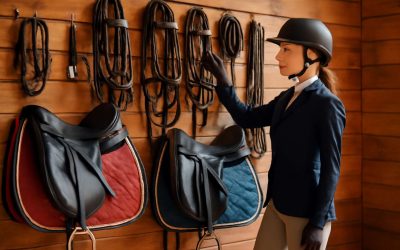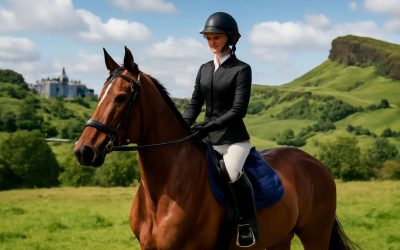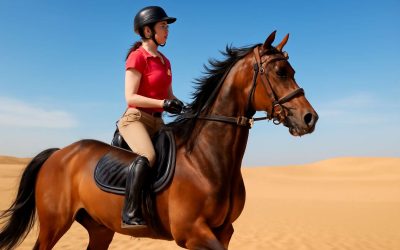
Horse riding isn’t for the faint of heart. From specialized saddles and bridles to saddle pads, girths, and stirrup irons, there are many different pieces of equipment that are vital to a safe ride and the success of any discipline. The tack room is ground zero for any horse enthusiast and is where riders craft their goals, visualize their dreams, and put the trappings of their ride together.
The girth is the essential piece of equipment that secures the saddle to the horse. It wraps around the girth, the area just behind the horse’s rib cage, and can be made from leather, mohair, or neoprene. It should be tight enough to keep the saddle from moving backwards but not so tight that it pinches or rubs the horse’s skin. A girth can be padded and may also have fleece or other materials that wick away moisture and help reduce friction between the horse and the girth. The girth is attached to the saddle by one strap and either the second or third strap. There is also a dressage girth that is much shorter than regular girths to accommodate the billets on dressage saddles.
Stirrup irons are the metal rings in which riders place their feet when riding a horse. They should be the correct size for the person using them and have a rubber tread to stop the foot from slipping. There are also safety stirrup irons that are designed to allow a rider to escape from the stirrup if they fall off the horse.
Saddles are a crucial piece of equipment that helps the rider to communicate with the horse. A good saddle will fit the horse well and be comfortable for both the rider and the horse. The saddle seat is the part of the saddle that forms the panel where the rider sits. A full saddle seat has knee rolls and thigh rolls to support the rider’s leg while keeping it in the correct position. A half-panel saddle is less bulky and has a sweat flap to prevent the girth buckle from pinching the horse’s skin.
Other useful items of equipment include blinders (also called blinkers) which help to protect a horse’s eyes and improve concentration and focus. They are often used by racehorses to help them see what is in front of them and avoid getting spooked or shy by things like shadows on the ground or tracks. Tongue ties are small pieces of material placed over a horse’s tongue to prevent it from being bitten and chafed by the bit.
There is a lot of equipment that a horse enthusiast can buy, but it’s important to be mindful of budget and only purchase what you need for the types of riding you plan to do. Buying extra equipment can quickly add up and become costly. Whenever possible, check out online reviews and ask questions of other horse enthusiasts about the products they use. This can help you understand the pros and cons of various items and can give you a better sense of what works best for you and your horse.



0 Comments